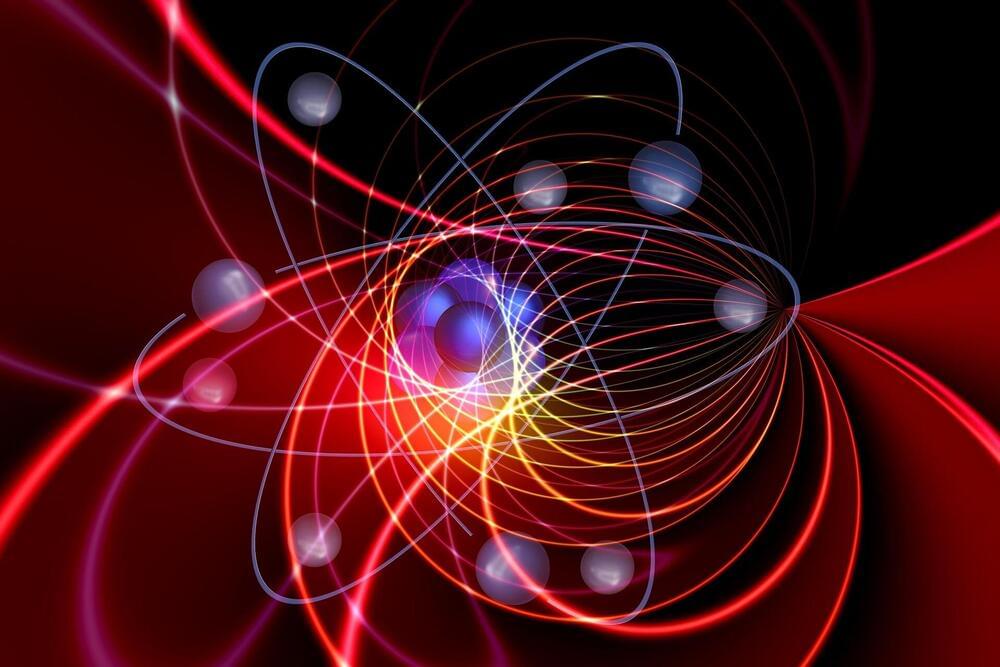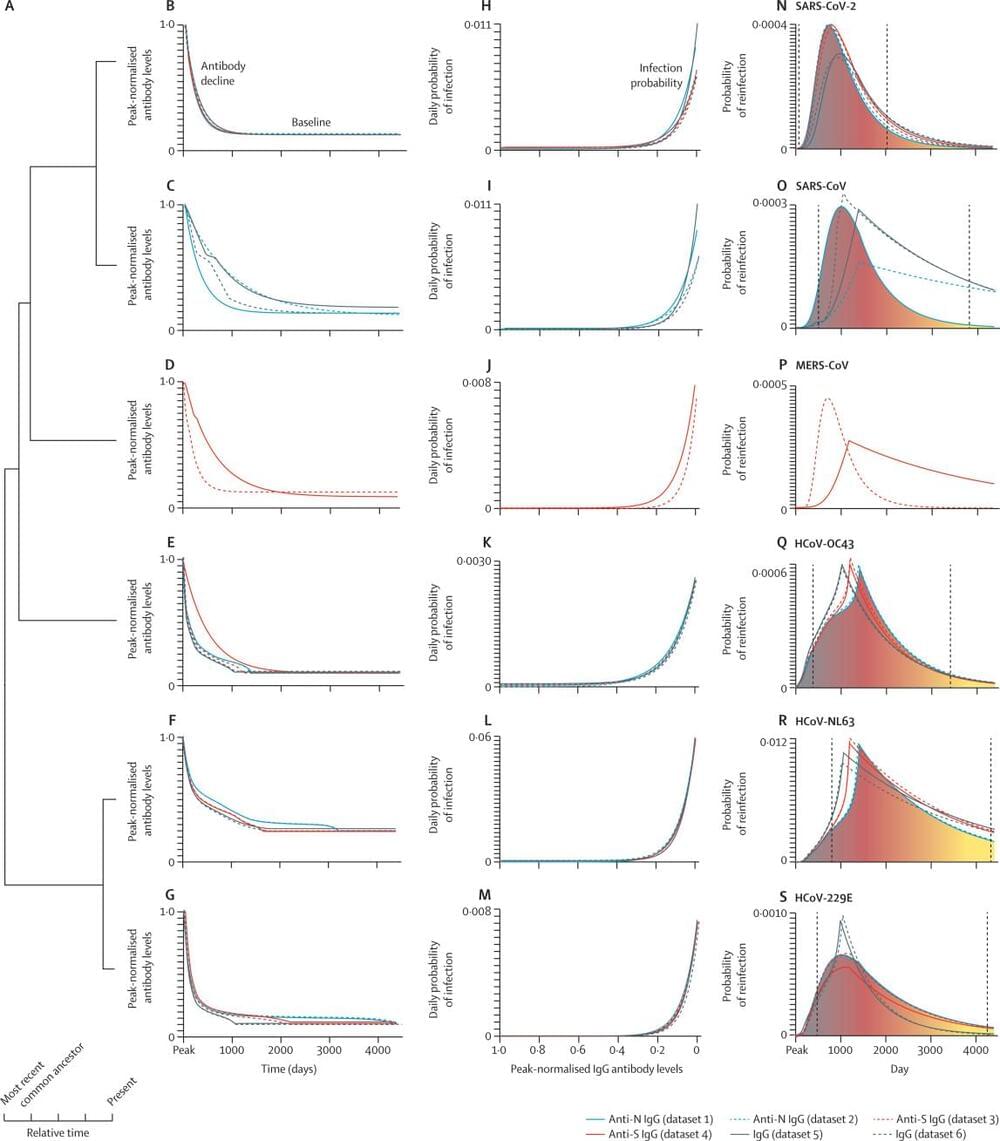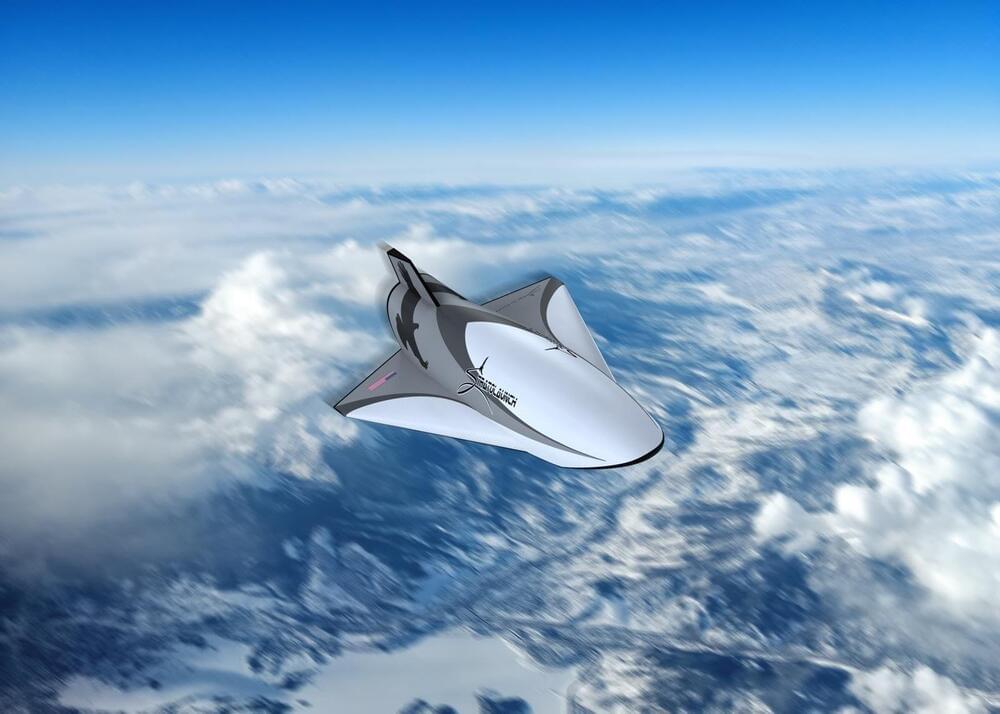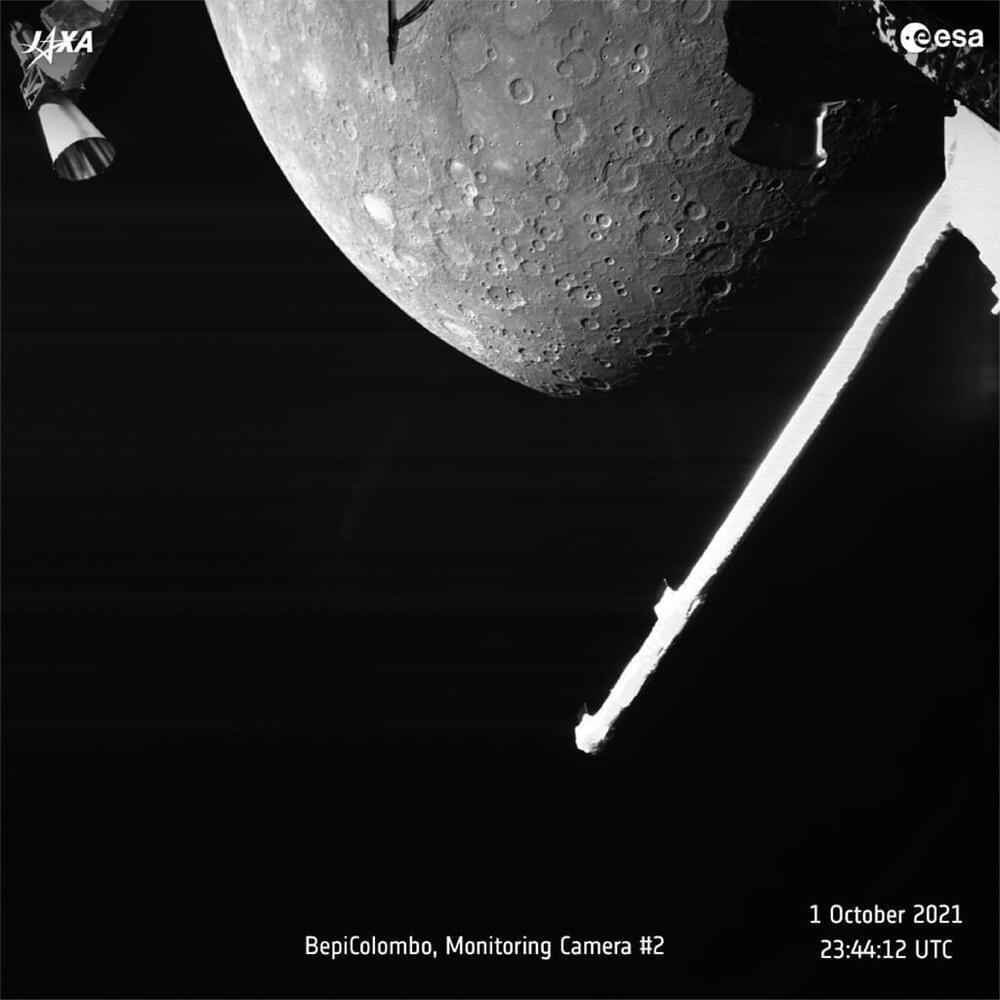
Researchers have discovered a complex landscape of electronic states that can co-exist on a kagome lattice, resembling those in high-temperature superconductors, a team of Boston College physicists reports in an advance electronic publication of the journal Nature.
The focus of the study was a bulk single crystal of a topological kagome metal, known as CsV3Sb5—a metal that becomes superconducting below 2.5 degrees Kelvin, or minus 455 degrees Fahrenheit. The exotic material is built from atomic planes composed of Vanadium atoms arranged on a so-called kagome lattice—described as a pattern of interlaced triangles and hexagons—stacked on top of one another, with Cesium and Antimony spacer layers between the kagome planes.
The material offers a window into how the physical properties of quantum solids—such as light transmission, electrical conduction, or response to a magnetic field —relate to the underlying geometry of the atomic lattice structure. Because its geometry causes destructive interference and “frustrates” the kinetic motion of traversing electrons, kagome lattice materials are prized for offering the unique and fertile ground for the study of quantum electronic states described as frustrated, correlated and topological.


















